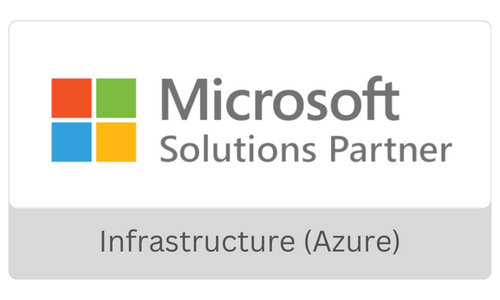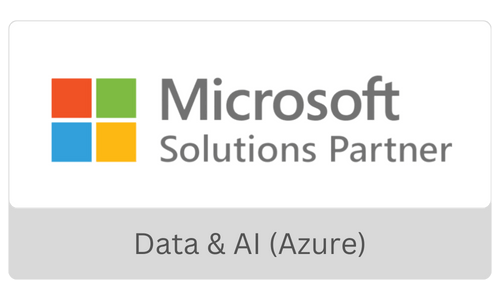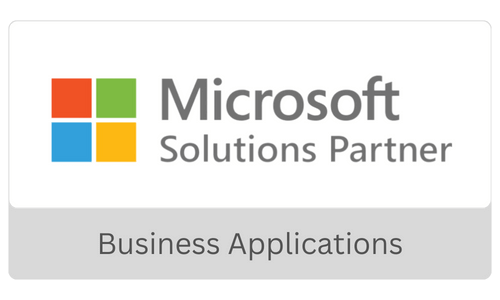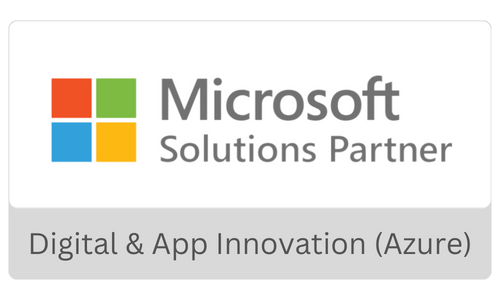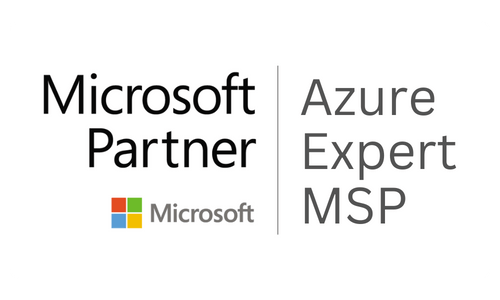Employee experience
Your Employees - Your First Customers
Organizations are evolving rapidly to facilitate the increasing expectations of Gen Z employees, which has led to the birth of the Employee Experience (EX). Personalization has become the new flavor in almost everything. Employees feel the need for a more personalized experience at the workplace, which has forced organizations to focus on providing a more intricate experience.
Research shows that providing a good employee experience, organizations could achieve better customer satisfaction and increase overall profitability.
Organizations with high employee experience were found to have
higher revenue growth
high annual income
fewer accidents
fewer absent days
higher net promoter score
higher productivity
higher customer advocacy
Key Benefits of enhancing employee experience
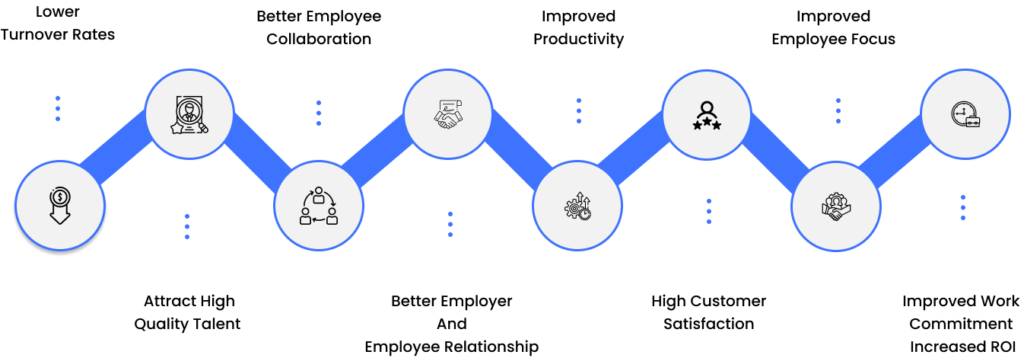
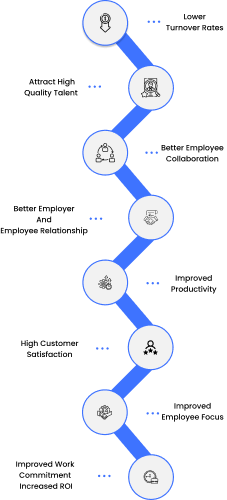
Stages of Employee experience
Money is no more the primary concern for employees. To master employee experience, enterprises must listen to what employees need at every stage of their employee journey.
Here are the eight stages of the employee lifecycle
Attract
Employee experience begins before the employee joins the company. Publish job descriptions with realistic expectations and communicate what they will accomplish.
Recruit
Provide exceptional recruitment experiences by asking candidates for introduction videos rather than usual CVs. Use personal maps to know the candidate better.
Onboard
This is an essential step in the employee journey and determines how long the employee will stay with the company. So, providing the best onboarding experience to the employee is critical.
Engage
Employees feel they own the process to help them achieve their full potential.
Develop
Provide skill training to help them in their career development and enhancement.
Perform
Adopt performance models that are focused on the developmental experience of the employee than on performance appraisals based on mere numbers.
Reward
Rewards and recognition energize and excite employees and make them feel valued at the workplace.
Exit
The exit is also as important as onboarding. You can improve the exit experience by understanding the reasons for leaving and treating the employee in a humanized.
Great employee experience starts with Onboarding
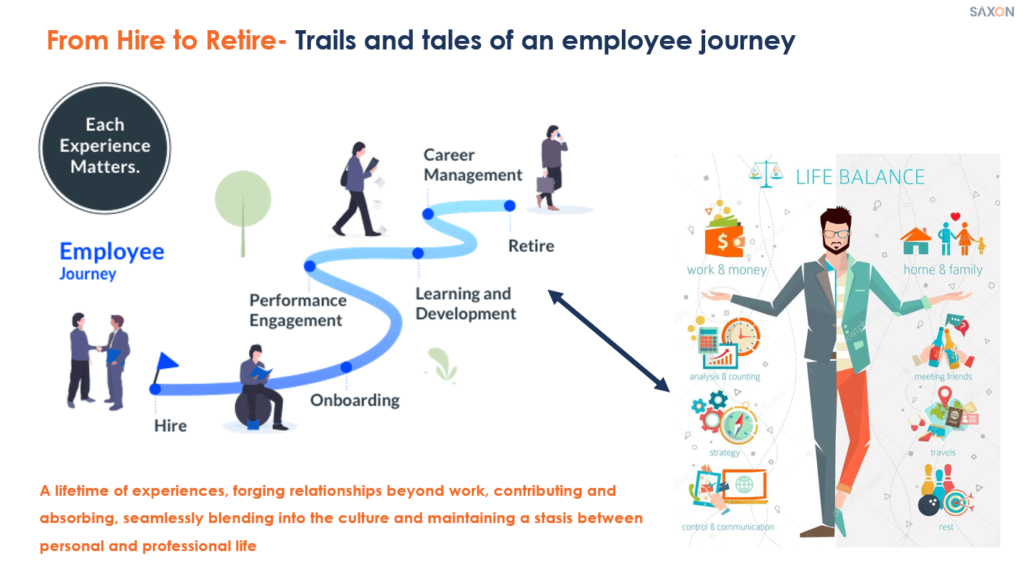
The onboarding process typically includes five key stages, and these stages can be classified into three phases
Hype phase
- Pre-onboarding:This phase is when arrangements are made for the new hire before their first day.
This is a pre-induction phase.
- Begins before the new employee enters the building
- critical to set the tone and create excitement for their first day.
Use explainer animations to inform employees about the company’s vision, mission, and brand positioning.
Immersion phase
- Day one and two: The focus is on making the new hire feel welcomed and comfortable.
This phase is HR intense.
A comprehensive onboarding platform that can deploy all the documentation quickly will make things a lot easier for employees and the HR team.
Cultivate phase
- The first week: This is when the new hire begins to learn about the company and its organizational goals.
- The first month: This is when the new hire starts to become more independent and productive.
- The first three months: This is when the new hire is fully integrated into the company.
This phase is about learning and growth.
- Feel assured and happy to have made the right decision to join the company
- Ensure constant training and mentoring
Craft a personal development plan for the employees
Traditional onboarding vs digital onboarding
Aspects
Traditional onboarding
Digital onboarding
Employee engagement
Less engagement
High engagement
Cost saving
Less to no cost savings
High-cost savings
Information security
Less security
More security
Self-paced learning
Does not support
Highly supports
Support
Less support
24*7 support
Employee experience
Less
More
Remote culture
Does not support
Supports
Traditional onboarding vs digital onboarding
| Traditional onboarding | Less engagement |
| Digital onboarding | High engagement |
| Traditional onboarding | Less to no cost savings |
| Digital onboarding | High-cost savings |
| Traditional onboarding | Less security |
| Digital onboarding | More security |
| Traditional onboarding | Does not support |
| Digital onboarding | Highly supports |
| Traditional onboarding | Less support |
| Digital onboarding | 24*7 support |
| Traditional onboarding | Less |
| Digital onboarding | More |
| Traditional onboarding | Does not support |
| Digital onboarding | Supports |
How can you provide the best employee experience?
- The employee experience begins before employees join the organization. Provide the best onboarding experience with digital tools for higher chances of successful candidature and longer stay of the employee with the organization.
- Take time to decide how every decision will impact the employee.
- Leadership and internal partnership are the key drivers. Provide required training and support to motivate and engage the employees better.
- Motivate open lines of communication and transparency.
- Stay with the trend. Updating the latest technologies will help employees stay focused on their work.

How can we help?
We believe providing the best onboarding experience to the employees is a significant step towards improving the employee experience. That is why we have come up with an extensive platform for onboarding.
Our Onboardn solution will help you provide an intelligent onboarding experience assisted by BO, the chatbot assistant.
Enriched with Artificial Intelligence (AI), Onboardn is your perfect solution for seamless onboarding.


